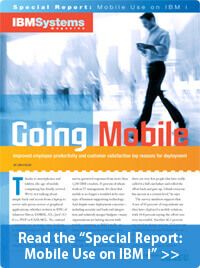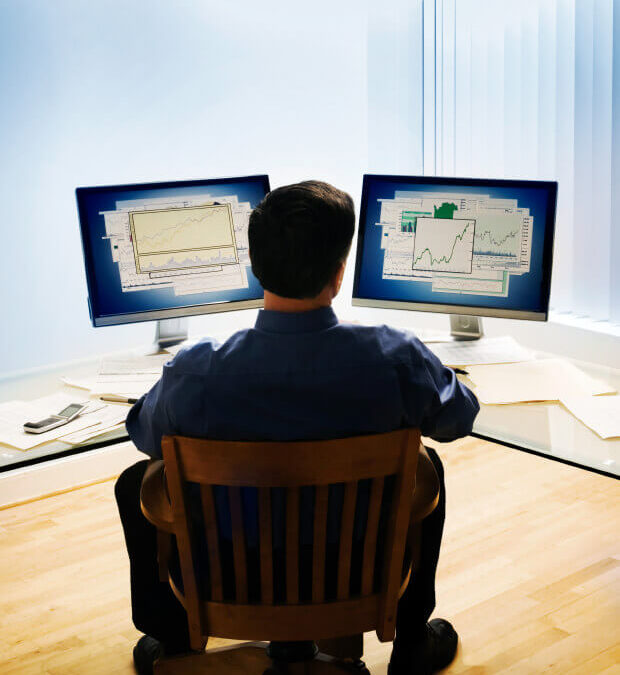LANSA Blog
Find helpful articles in harnessing low-code for IBM i modernization and cross-platform development.
SEARCH
CATEGORIES
SUBSCRIBE
FOLLOW US
RECOMMENDED READING

Getting Started With a Low-code Solution
The right low-code software development platform will significantly reduce costs over the entire software development lifecycle. They also shield developers from having to worry about how their project will be deployed across various devices, interfaces and platforms,...

How Low-code Can Slash the Cost of Software Maintenance
A commonly known rule of thumb in software engineering, which seems to hold well for systems of record (SOR), is that maintaining software comprises between 60 to 80 percent of the total cost of ownership. [This same rule might well apply for the systems of engagement...

How to Build a Web and Mobile App with a Low-code Development Tool (Video)
Any IT manager tasked with building a new (or extending an existing) web or mobile app will nod their head in agreement when I say selecting the right development tool that rapidly builds responsive web apps, integrates with everything, and is easy to maintain is...

Imagine the Power of One Language
I’ll ask the reader to at least temporarily suspend feelings and thoughts of politics, culture and religion. And, you should cue John Lennon’s “Imagine” to set the scene. Okay, thank you! Please sit down and take a deep breath. Let’s drift off to the land of...

5 Guiding Principles of Enterprise Modernization (part 3)
Thanks for joining me for my final post on the 5 Guiding Principles of Enterprise Modernization. So far I've covered the importance of delivering the best user experience, improving data quality and accuracy and getting information into the hands who need it. My focus...

5 Guiding Principles of Enterprise Modernization (part 2)
Continuing on from my post last week about the 5 Guiding Principles of Enterprise Modernization, the ultimate goal of modernization is to use technology to best support your customers and trading partners. This means providing users with the best experience, enabling...

5 Guiding Principles of Enterprise Modernization
Businesses are being bombarded with the message to modernize. In the IBM i world, most tend to define modernization in terms of low-level development tactics such as converting RPG to free form, updating databases to SQL or refacing 5250 screens for the web. While...

Mind the Gap: Addressing Ambiguity in Requirements
The lesson of the Tower of Babel, possibly the first post-project review in historical records, is that communication failure within the team will cause project failure. In today’s software requirements, often staffed by cross-functional teams spread across the globe,...

Data Warehouses, Business Intelligence and Trends in Data Analytics
Data is the foundation of information, information builds evidence and evidence allows you to make informed decisions about improving productivity, streamlining processes and understanding customers. You need data analysis tools to turn data into information from which you can gather the evidence required to make and support your decisions. Today, companies can collect more data than was practical in the past, and do so at a faster rate from multiple sources.

What’s old is new again
Guest Blogger: Tom Mavroidis, president of NTM Consulting Incorporated As part of Tom’s portfolio he manages the Computer Department for ITWAL Limited, Canada’s national network of independent distributors. In this article Tom shares how multiple vendors worked...

The State of Mobile on IBM i
There’s no escaping the rapid pace of our evolving mobile world – including the ensuing demand for mobile apps – and businesses can’t afford to take a back seat when it comes deploying mobile solutions. If you’re an IBM i organization considering taking the dive into...

Introduction to Test Driven Development
Software Lifecycle and Quality Traditionally, when developers work on a software project, they write the application code or parts of it, and then test that code to verify correct implementation of the requirements. This unit testing process is usually a manual one,...
